OK, officially I’m just frustrated. I have to commend the Female PNG Maroon for fighting to live as it seems a never ending barrage of maladies hits her. I know there’s still Crypotcaryon running around the tank, only seen it on her. Now, it turns out that the “chunk” of her left pectoral fin that was presumed “bitten off” by the Lighting Maroon may not have been a bite at all. Or if it was, it opened up the gateway to another new problem.
In either case, I’m now dealing with FIN ROT. And this tends to progress FAST. I’m surprised after just having run a 5 day treatment of Maracyn SW (an antibiotic) that this has now shown up. Normally, I’d slam something like this with Maracyn SW (Erythromycin) as my first choice, but now…well…I’m hoping maybe I can find some Kanamycin at the local Petco (only fish store in town open after 6:30 PM…geeze). I’m hoping for Kanamycin on two grounds, having yet to actually go look at what I *should* or *could* use. #1. Looks like whatever has hit was likely not something knocked out by Maracyn and #2. Kanamycin is Christine’s default antibiotic. Sounds like a good choice…probably should’ve thought to have some on hand.
Bouncing this off the advisers as well. Remember, we just threw a UV on the tank too, which if course may have to be deactivated (it can affect medications).
Anyways, pix of the affliction:
Now, there is still the possibility that the Lighting Maroon is causing this damage…they do occasionally interact roughly. But I’m at 95% Fin Rot as the diagnosis. And it requires fast treament…I’ve seen similar disease competely disintegrate a fin in hours.

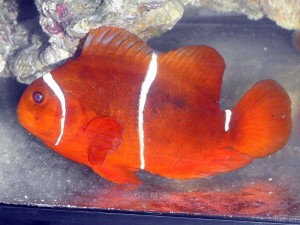
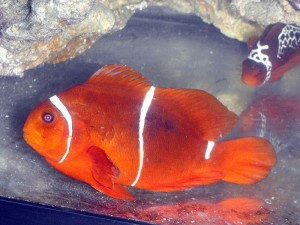
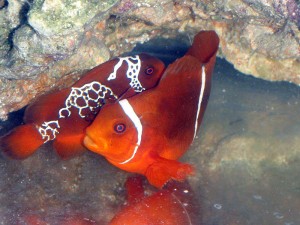
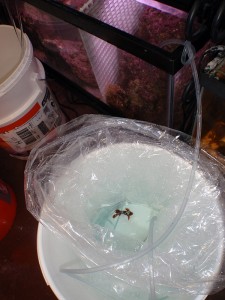
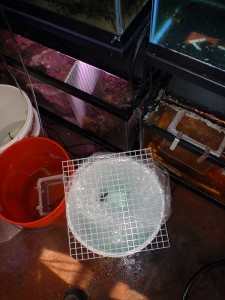
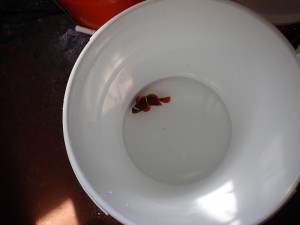
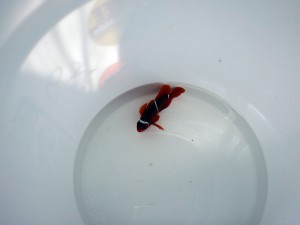
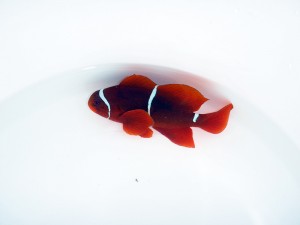
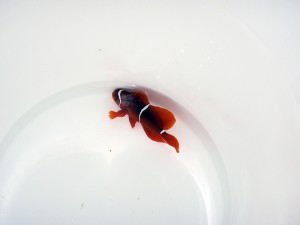
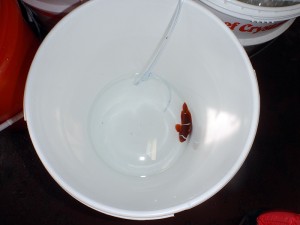
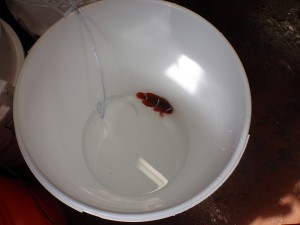
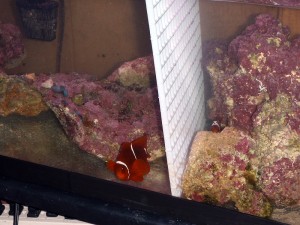
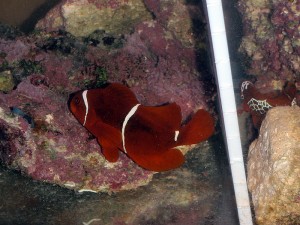
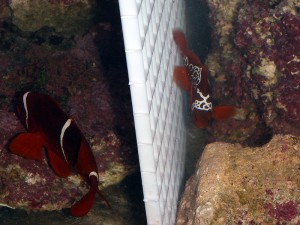
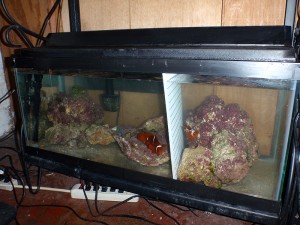
Recent Comments